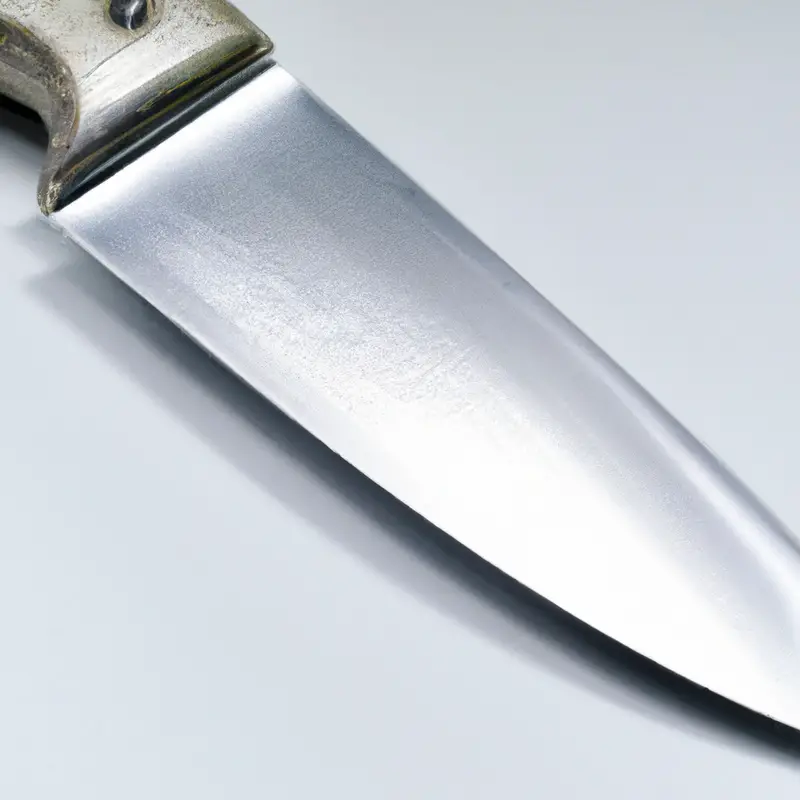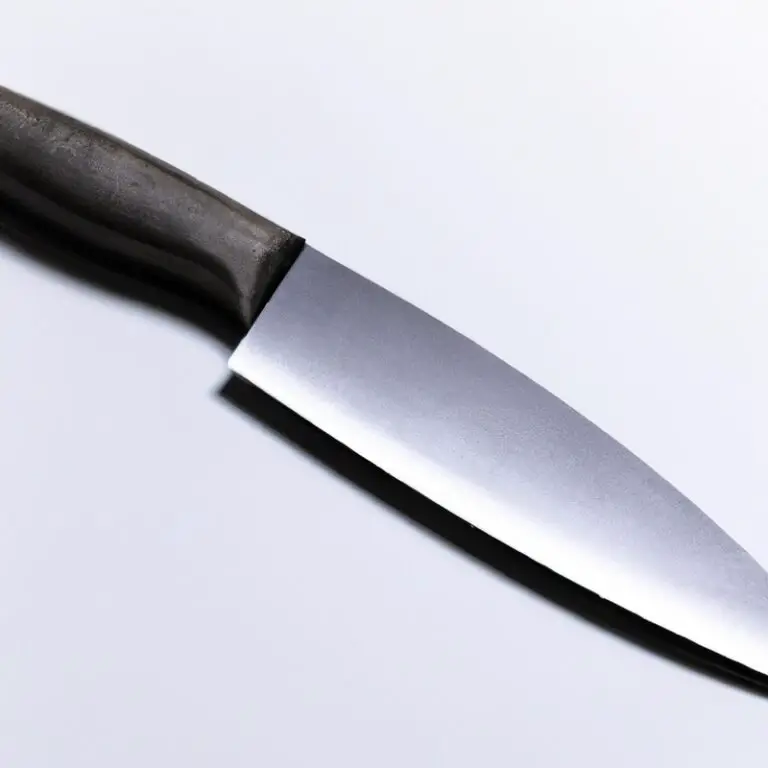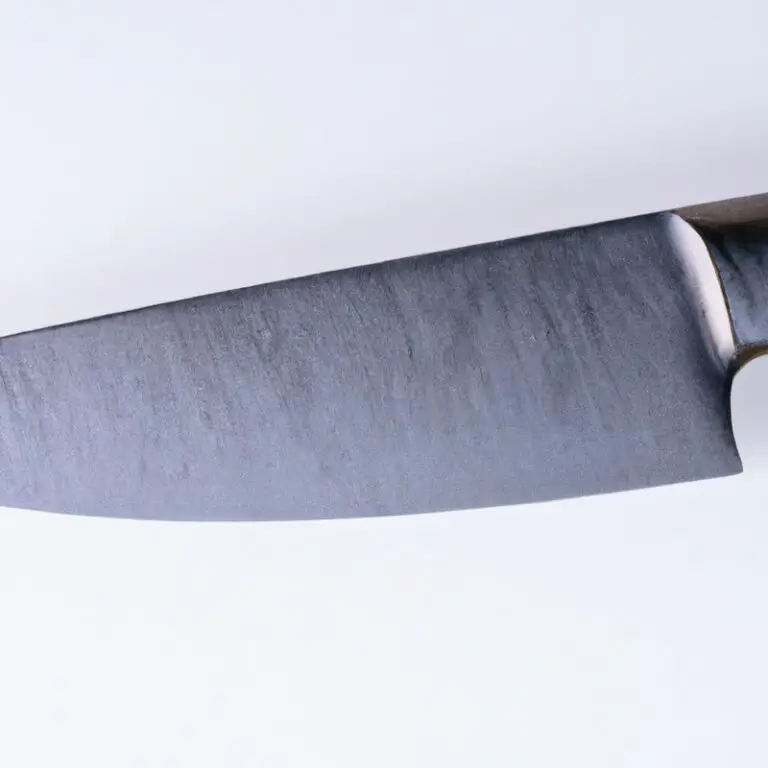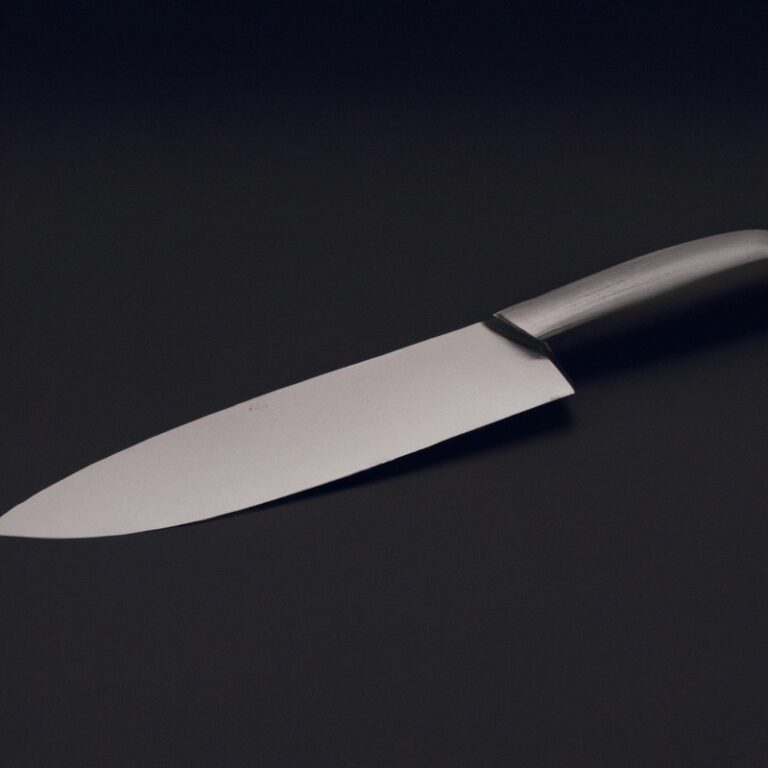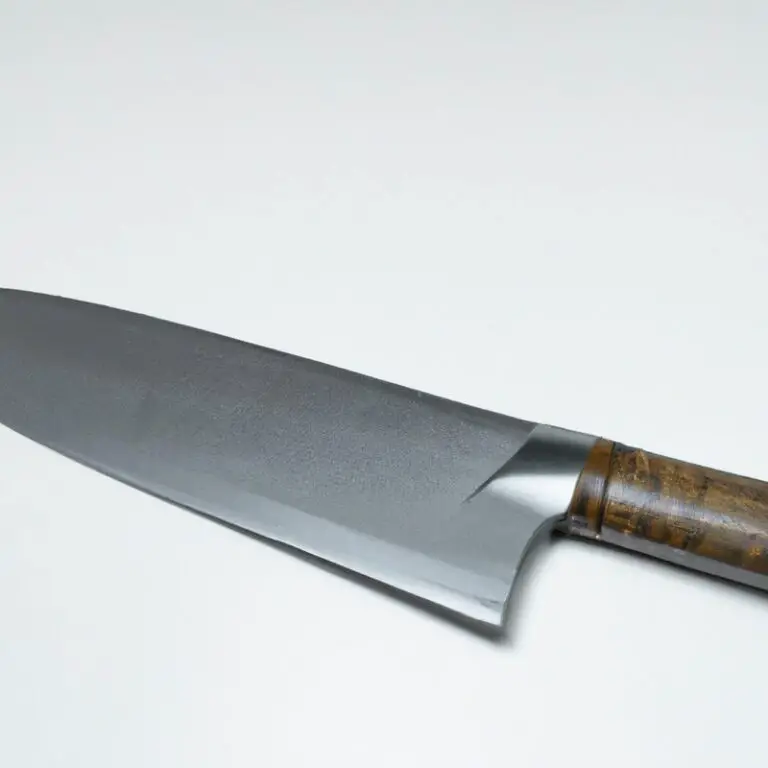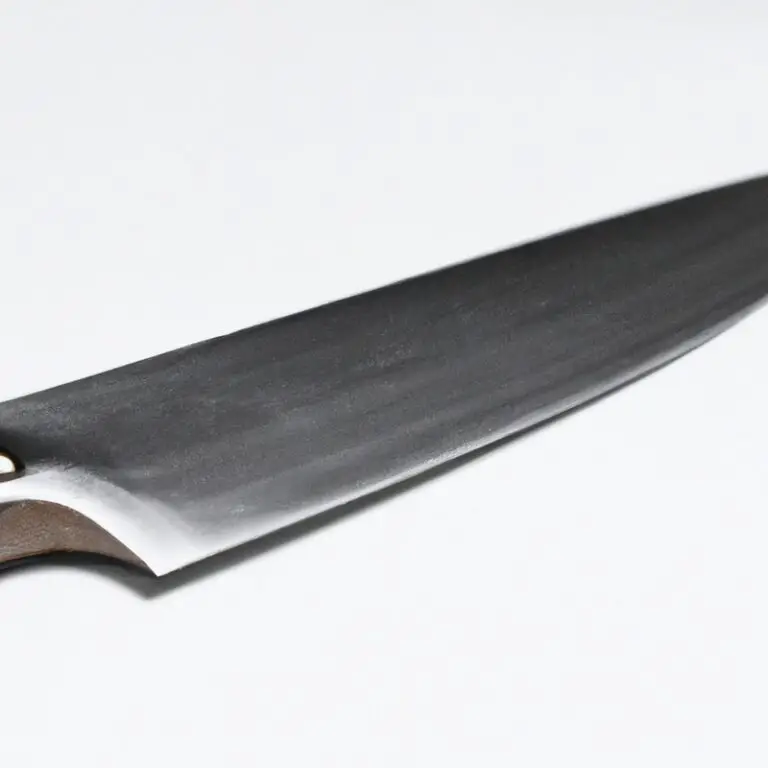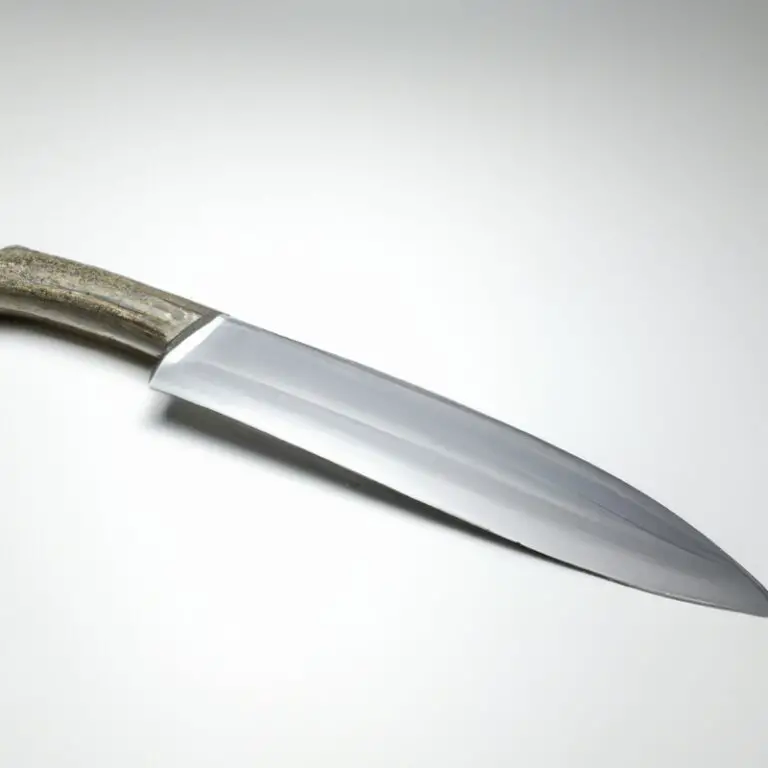What Are The Main Features Of a Gyuto Knife? Efficiency
Key Takeaways:
- A Gyuto knife is a versatile and essential tool for any kitchen, with a long, slender blade that offers optimal control and precision for slicing, chopping, and dicing.
- Key features of a Gyuto knife include a sharp, high-quality steel blade, a comfortable handle for a secure and ergonomic grip, and a tapered edge that reduces friction and enhances performance.
- When selecting a Gyuto knife, prioritize craftsmanship and durability over price, and choose a blade that suits your cooking style and needs.
- With proper care and maintenance, a high-quality Gyuto knife can last for years and become an indispensable tool for any home cook or professional chef.
Are you tired of struggling with dull knives that can’t handle all of your kitchen needs? Look no further than the Gyuto knife.
This versatile Japanese knife has gained popularity among chefs for its exceptional balance, precision cutting, and long-lasting sharpness.
From understanding its anatomy to choosing the right size for your needs, this guide covers everything you need to know about the features of a quality Gyuto knife. Whether you’re a professional chef or a home cook, investing in a high-end Gyuto knife is worth the price tag for its unmatched performance in the kitchen.
| Main Features | Description |
|---|---|
| Blade Length | Average length is 8-10 inches |
| Blade Shape | Thinner and flatter than other knives, with a pointed tip and a slightly curved blade |
| Edge Angle | Narrower angle, typically around 15-16 degrees |
| Handle | Ergonomically designed to fit comfortably in the hand, usually made of wood or a synthetic material |
| Blade Material | High-quality steel, often a blend of different metals for durability, sharpness, and edge retention |
| Primary Use | General purpose kitchen knife, ideal for slicing, chopping, and dicing a variety of foods |
Anatomy of a Gyuto knife: Understanding the parts and their functions
To fully understand the main features of a Gyuto knife, it is essential to know its anatomy and the functions of each part. A Gyuto knife typically has a blade length ranging from 8 to 12 inches, an ergonomic handle, and a sharp blade edge made from high-grade steel.
The handle provides a comfortable and secure grip, while the blade’s weight and length offer balance and precision for various cutting tasks.
The belly of the blade is perfect for chopping, while the pointed tip is ideal for intricate cutting tasks. The spine of the blade provides stability and support, and the heel is best for tasks that require more force.
Finally, the blade edge, which is often sharpened at an angle between 15 and 30 degrees, provides a clean and precise cut, making it perfect for chefs and home cooks alike.
Understanding the anatomy of a Gyuto knife will help in selecting and utilizing it effectively for different cooking tasks.
The blade material: Differentiating high-grade steel from subpar metals
The blade material is a crucial factor in determining the quality of a Gyuto knife. High-grade steel, such as VG-10 or AUS-10, is preferred by professionals and serious cooks for its durability and hardness.
This type of steel has a higher carbon content, which increases its hardness and ability to hold a sharp edge for longer periods.
On the other hand, subpar metals like cheap stainless steel or alloyed steel are not as durable or sharp, and can quickly lose their edge. It’s also important to note that the manufacturing process of the steel can also affect its quality, with forged steel being more desirable than stamped steel.
When selecting a Gyuto knife, pay attention to the type of steel used in the blade and look for reputable brands known for using high-grade steel.
Investing in a quality blade material will ensure your Gyuto knife lasts longer, performs better, and ultimately makes your cooking experience more enjoyable.
Finding the perfect balance: Handle design and weight distribution in Gyuto knives
The handle design and weight distribution is crucial in finding the perfect balance of a Gyuto knife. A well-designed handle provides a comfortable and secure grip during use.
It should be made of durable material and have ergonomic features that fit the user’s hand size and strength.
Moreover, the weight distribution of a Gyuto knife plays a vital role in its overall performance. An evenly balanced knife provides more control and reduces hand fatigue over extended use, allowing for better precision and accuracy.
Many factors determine the weight distribution, including the blade length and shape, blade thickness and width, and handle material.
In summary, finding the perfect balance in a Gyuto knife is dependent on its handle design and weight distribution. When selecting a Gyuto knife, look for a handle that provides a comfortable and secure grip and a weight distribution that enhances control and reduces fatigue.
Sharpness matters: The importance of blade edge in Gyuto knives
The sharpness of the blade edge is crucial when it comes to Gyuto knives. A sharper blade means better precision and cleaner cuts.
It also reduces the risk of accidents in the kitchen as it requires less force to slice through ingredients smoothly.
Maintaining sharpness is essential and should be done regularly to ensure the longevity of the blade and the knife’s effectiveness. Investing in a high-quality Gyuto knife with a sharp blade is worth the price tag for any avid home cook or professional chef.
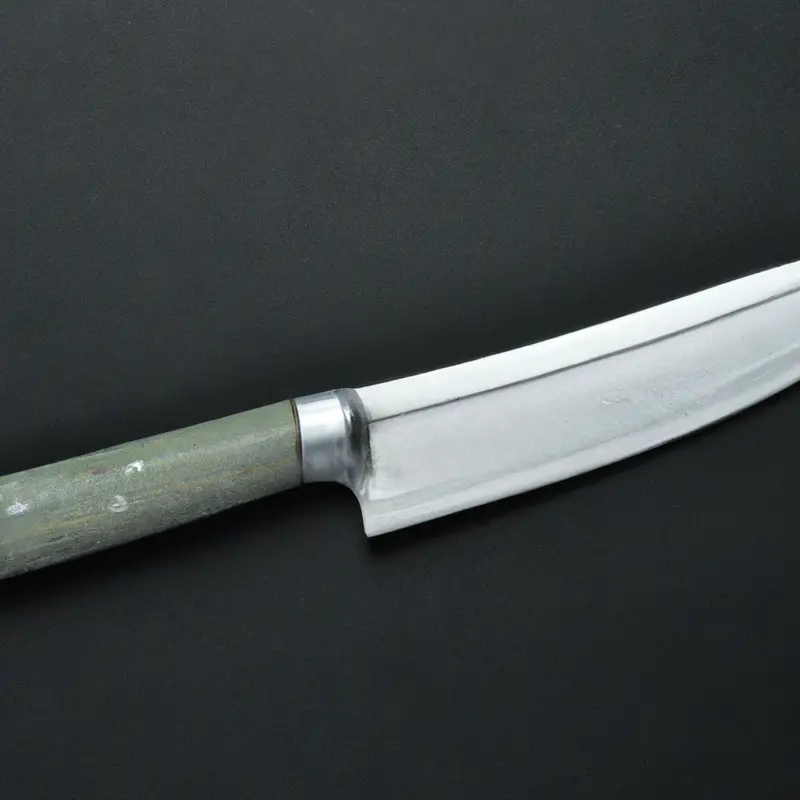
Blades that last: Maintaining sharpness and longevity of a Gyuto knife
To maintain the sharpness and longevity of a Gyuto knife, proper care is crucial. Here are some tips to keep your Gyuto knife in top condition:
- Keep the blade dry and clean after each use to prevent rust.
- Avoid cutting through hard objects such as bones or frozen food, as it can damage the blade.
- Use a honing steel before each use to realign the blade edge.
- Sharpen the blade regularly (about once a year for home use using a whetstone to maintain a razor-sharp edge.
- Store the knife in a sheath or a knife block to prevent damage to the blade and protect it from moisture.
Following these simple steps will help you extend the life of your Gyuto knife and keep it performing at its best.
Nailing the cut: Gyuto knives and precision cutting techniques
To nail the cut with a Gyuto knife, precision cutting techniques are essential. The first step is ensuring that your knife is sharp and correctly maintained.
It’s best to use a sharpening stone or honing steel regularly to maintain the blade’s edge.
Another essential technique is to hold the knife correctly. When holding the handle, your index finger should be on top of the blade’s spine while the handle rests on your palm.
This grip gives you the most control over the knife and helps prevent accidents.
When cutting with a Gyuto knife, use a rocking motion, starting from the back of the blade and moving towards the tip. This technique allows you to cut through food smoothly and safely.
Finally, let the weight of the knife do the work, rather than pushing down hard on the food.
This technique reduces the risk of slipping and makes it easier to control the cut. Practice makes perfect, and with these techniques, you’ll be able to nail any cut with a Gyuto knife.
Size matters: Finding the right Gyuto knife for your needs
When it comes to Gyuto knives, size matters. They typically range from 7-10 inches in length, with some even reaching up to 12 inches.
The size you choose depends on your individual needs and preferences.
A longer blade provides more surface area for cutting, making it ideal for slicing larger items like roasts or large vegetables. A shorter blade, on the other hand, offers more control and is better suited for precise cuts and mincing.
Additionally, consider the weight of the knife and the balance between the blade and handle.
A heavier knife may have more power for chopping, while a lighter knife can be easier to maneuver. Ultimately, it’s important to choose a size that feels comfortable in your hand and meets your specific culinary needs.
Versatility at its best: The multiple uses of a Gyuto knife in the kitchen
The Gyuto knife is known for its versatility in the kitchen due to its long and narrow blade with a sharp pointed tip. It allows the user to perform multiple tasks without switching to different knives.
Some of the common uses of a Gyuto knife include:
- Slicing: It can be used for effortless slicing of vegetables, fruits, and meats for stir-fries, salads, and sandwiches.
- Dicing and chopping: The sharp blade offers precision in dicing and chopping ingredients for soups, stews, and curries.
- Rocking motion: The curved edge enables a rocking motion that can be used for mincing herbs, garlic, or onions with ease.
- Carving: Its slim profile makes it perfect for carving meat, poultry, and fish.
- Filleting: The pointed tip makes it ideal for filleting fish.
The versatility of a Gyuto knife makes it a must-have in every kitchen. It simplifies the cooking process and allows the user to experiment with different recipes without worrying about switching to different knives.
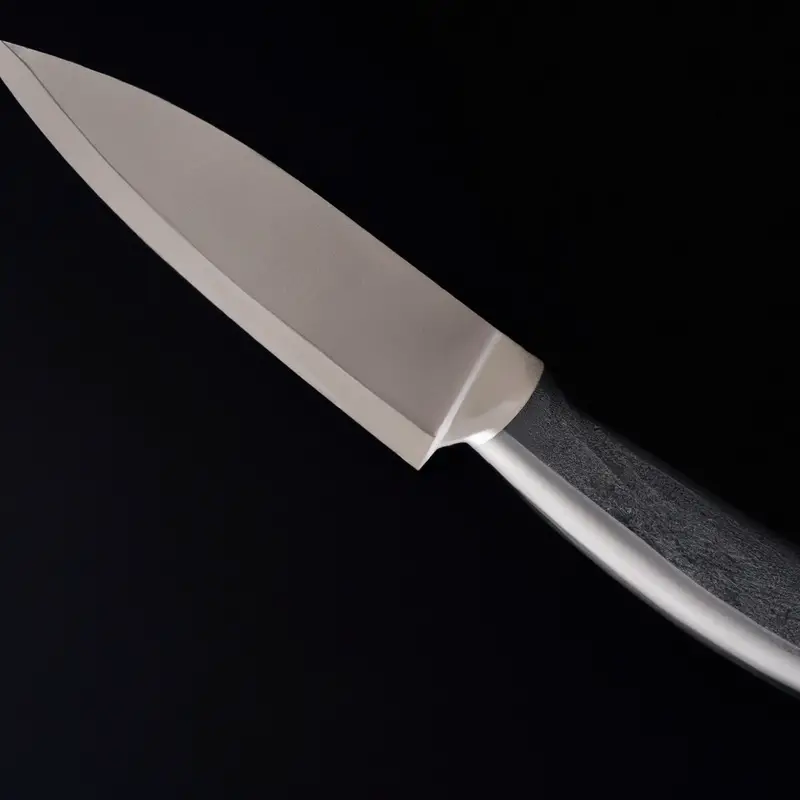
Tradition meets modernity: The history of Gyuto knives and their evolution
Gyuto knives have a long history that dates back to Japan’s feudal era. Originally used by Samurai warriors, the knives quickly became popular among chefs due to their sharpness and versatility.
The traditional Gyuto knife was crafted using a unique technique that involved folding and hammering layers of steel into a single blade.
This process resulted in a durable and sharp blade that was perfect for precise cuts. Over time, modern manufacturing techniques have been employed to create exceptional Gyuto knives.
Today’s Gyuto knives come in a range of sizes and materials, with some being made from high-quality Japanese steel while others are made from premium materials like Damascus steel.
The traditional Japanese handle design has also evolved with new materials such as resin and micarta being used to create handles that are comfortable and provide excellent grip. These changes have made the Gyuto knife not only an essential tool in the kitchen but also an object of beauty.
The Gyuto knife’s evolution can be attributed to the need for precise cutting, making it one of the best-selling knives worldwide.
However, despite its modern advancements, the traditional craftsmanship and attention to detail remain at the core of its design. Overall, the Gyuto knife is a perfect combination of tradition and modernity that continues to evolve to meet the demands of today’s chefs.
Investing in quality: Why a high-end Gyuto knife is worth the price tag
Investing in a high-quality Gyuto knife is a wise decision for serious home chefs and professional cooks alike. A high-end Gyuto knife is made with premium materials, features superior craftsmanship, and is built to last for decades.
While the initial investment may seem daunting, the performance and longevity of a high-quality knife greatly outweigh the initial cost.
An investment in a high-end Gyuto knife can enhance your cooking skills, improve your efficiency in the kitchen, and ultimately save you money in the long run by providing a reliable and durable kitchen tool. It is important to do your research and invest in a reputable brand that values quality and craftsmanship to ensure that you are getting the most value for your money.
Final Verdict
In conclusion, a Gyuto knife is a versatile and essential tool for any professional chef or home cook. Its unique features, such as the blade material, handle design, and weight distribution, contribute to its exceptional performance and precision cutting capabilities.
When investing in a Gyuto knife, it is crucial to prioritize high-grade steel, proper maintenance, and finding the right size for your needs.
By understanding the anatomy and history of the Gyuto knife, you can appreciate its traditional craftsmanship and modern adaptability. With its multiple kitchen uses and the ability to streamline your cooking process, a high-quality Gyuto knife is worth its price tag in terms of longevity, efficiency, and reliability.
So, whether you are a culinary expert or a novice in the kitchen, a Gyuto knife is an excellent investment that will undoubtedly elevate your cooking experience to new heights.
Trust in the exceptional quality and design of a Gyuto knife, and take your culinary skills to the next level.

